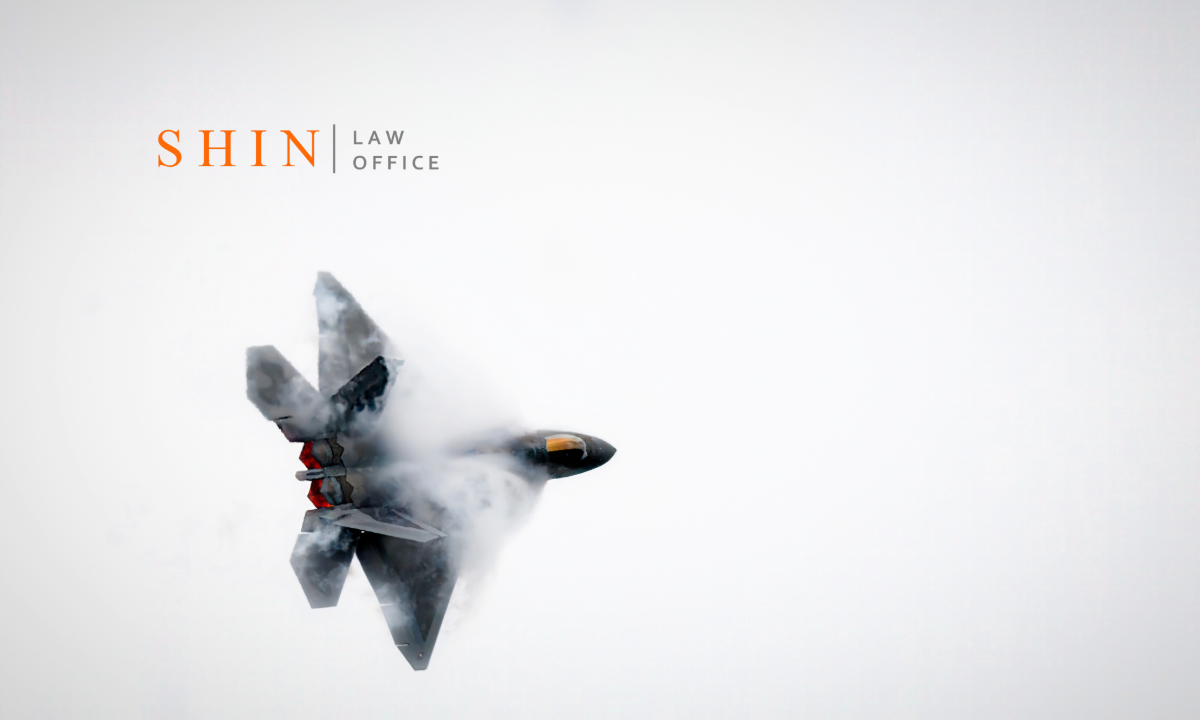By Anthony I. Shin, Esq. | Federal Contracting & Compliance Law Attorney | Shin Law Office
Federal Contracting at NAS Oceana | Teaming Agreement Attorney
Let me be honest with you, nothing stings more than helping a prime win a federal contract at NAS Oceana, only to be pushed aside once the award is announced.
I’ve had more than a few defense subcontractors walk into my office, frustrated, furious, and empty-handed after months of effort supporting a winning proposal.
They had the skills.
They had the relationship.
What didn’t they have?
A strong teaming agreement.
What Happens After You Win?
At NAS Oceana, Virginia Beach’s master jet base, contracts come fast and often.
Avionics firms, ground support vendors, and flight operations teams frequently collaborate on large bids.
It’s not uncommon for a small subcontractor to support a significant proposal in the hope of securing a substantial portion of post-award work.
The trouble starts when the prime decides to either self-perform the work you were promised or, worse, bring in someone else entirely.
And that’s when you realize your teaming agreement was just an “agreement to agree.”
In legal terms, this means it is likely to be rejected in court.
What Virginia Law Says
Virginia courts are strict when it comes to vague agreements.
If your teaming agreement says something like, “We’ll negotiate a subcontract in good faith,” that’s not enough.
Courts routinely rule those deals unenforceable.
Let me give you two real-world contrasts:
- In one case, a sub was promised 49% of the contract, and the agreement clearly stated that the prime would award them that share. The court said: enforceable.
- In another? The proposal said 49% too—but the agreement let the prime walk away if a subcontract couldn’t be finalized. The court threw it out.
The difference? One had mandatory language. The other left the door wide open.
Here’s What I Tell Every Oceana Subcontractor
If you’re teaming up to go after work at NAS Oceana, your agreement should be fighter-jet tight. Here’s what I build into every enforceable teaming agreement I draft:
1. Specific Scope of Work
Spell out exactly what part of the contract you’ll perform. Don’t just say “support services.” Say: “40% of avionics maintenance services, specifically Task Order A and B.”
2. Mandatory Language
Use words like “shall,” not “may” or “will consider.” Example: “If the prime receives the contract, it shall issue a subcontract to XYZ for [defined work].”
3. Short Timeframe
Insist that the subcontract be executed within 5–10 business days of award. Otherwise, the prime can stall and renegotiate you right out of the picture.
4. No Escape Clause
Avoid any clause that says, “This agreement terminates if the parties can’t agree on subcontract terms.”
That’s the loophole the primes use to dump you.
What If You’ve Already Been Cut Out?
If your teaming agreement was weak, your options are limited—but not zero. Here’s where we look:
- Bad faith negotiation: If the prime never intended to subcontract, we might have a case.
- Fraudulent inducement: If you were misled into supporting the bid, that’s actionable.
- Unjust enrichment: Sometimes you can recover the value of your contribution—but only if no valid contract exists.
Unfortunately, Virginia courts don’t like rescuing subs who didn’t get it in writing. In one major case, a subcontractor supported a bid, was promised 41%, and got zero. The court still said: no enforceable contract, no damages.
Don’t Let It Happen to You
You’re not just another small business. You’re the reason the proposal won. Make sure your value is protected—before the ink dries on that bid.
Here’s my advice if you’re bidding work at NAS Oceana:
- Don’t sign a boilerplate agreement.
- Don’t rely on a handshake.
- Don’t assume “good faith” means anything in court.
Get your agreement reviewed. Better yet, get it drafted right from the start. Because once the award hits, the window to fix it is closed.
Anthony I. Shin, Esq.




